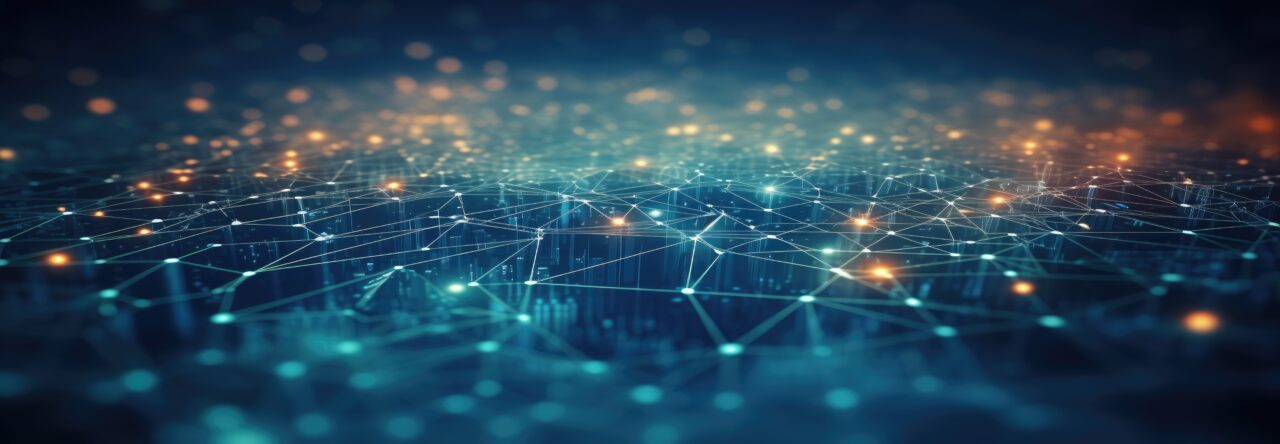A monetary system backed by innovation represents a revolutionary approach to value creation in our modern economy. Unlike traditional systems anchored to physical commodities like gold or oil, or the current debt-based fiat system, an innovation-backed currency derives its worth from humanity’s capacity to solve problems and create new solutions.
Core Mechanics
The foundation of this system rests on measuring and tokenizing innovative output across society. Value is created when two or more people get together and build something useful. In Boomspace, the single innovation unit is a node comprised of a claim and a validation of fact. Many innovation units combined may result in patents filed, research breakthroughs, or innovative solutions to problems – but it all starts and ends with validated claims of factual events. This creates a direct link between human ingenuity and monetary value.
Advantages
Economic Growth Alignment
This system naturally promotes sustainable economic growth by rewarding activities that advance human knowledge and capabilities. Rather than encouraging debt accumulation or resource extraction, it incentivizes education, research, and creative problem-solving.
Dynamic Valuation
The currency’s value appreciates as society’s innovative capacity expands, creating a naturally progressive monetary system. This stands in stark contrast to traditional commodities, which are finite and can lead to artificial scarcity.
Distributed Opportunity
Innovation-backed currency democratizes value creation, as anyone with ideas and problem-solving abilities can contribute to the monetary base. This system rewards merit and creativity rather than existing wealth or resource control.
Implementation Framework
The practical deployment would involve establishing clear metrics for measuring innovation impact, creating transparent verification systems, and developing smart contracts to automatically mint currency when verified innovations occur. Advanced AI systems could help evaluate the quality and impact of innovations, ensuring fair and objective value assessment.
This monetary system fundamentally redefines wealth as the capacity to improve the human condition. It creates a positive feedback loop where financial incentives align perfectly with societal progress, potentially ushering in an unprecedented era of human advancement and prosperity. By making innovation the backbone of our monetary system, we create an economy that naturally evolves toward greater efficiency, sustainability, and shared prosperity.
Video Transcript:
The Dividends of Innovation
Innovation is not linear Modern civilization did not begin 10,000 years ago with 250 Trillion dollars sitting in a box somewhere in the desert.
Money was measured into existence as a function of the things that scientists, engineers, and technologists built. Innovations such as the wheel, wedge, and lever came long before the invention of International Trade Agreements Innovations in machinery, transportation and energy enabled advances in sanitation, healthcare, and computers
Yet, the wheel, wedge, and lever are more important and more widely applied than ever. Wouldn’t it make more sense if we developed a monetary system backed by the dividends of innovation rather than the gravity of debt?
The Ingenesist Project uses game theory, blockchain, and artificial intelligence to measure the true economic contribution of engineers, scientists, and technologists.
Join The Ingenesist Project





